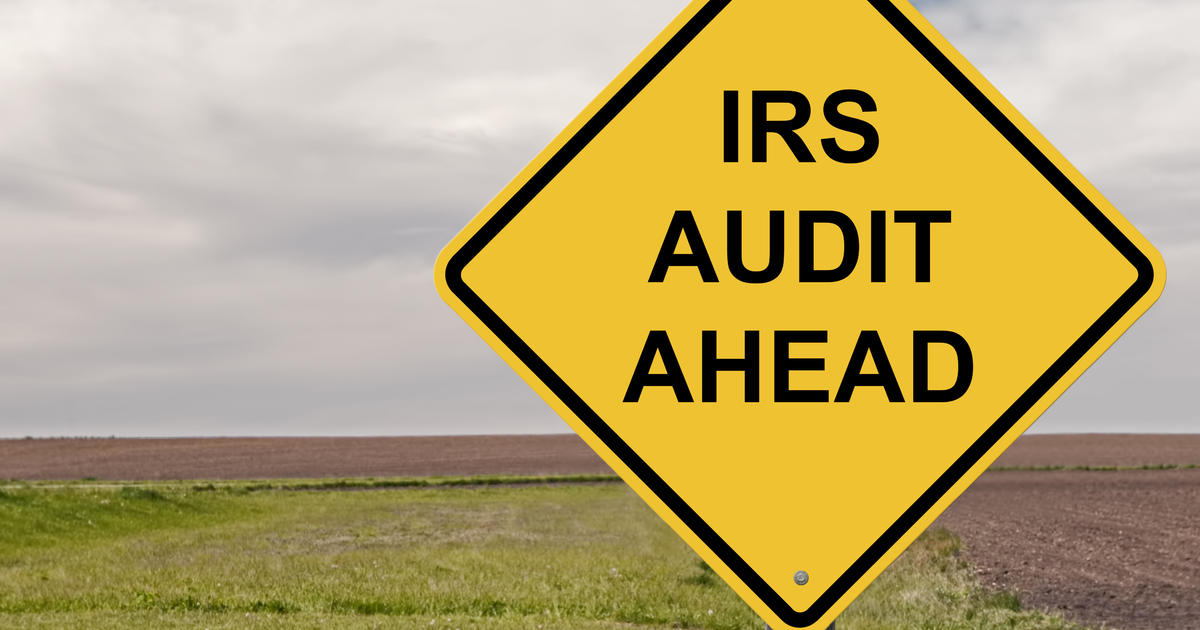Millions of Americans could get their tax refunds starting March 1
Although most U.S. taxpayers are expected to get their tax refunds within 21 days of filing their returns, two groups have faced a longer delay: People who claim either the Child Tax Credit or the Earned Income Tax Credit on their annual returns.
These filers are facing delays because of a law designed to deter frauds linked to those valuable tax credits, such as by screening for fraudsters who try to claim someone's refund as their own. Individuals who filed early in the tax season — which began January 24 — and claimed either of those two tax credits are likely to receive their refund checks on March 1, the IRS said last week.
But that March date, the agency noted, only goes for taxpayers who also meet three additional requirements: filing electronically, choosing to get their refund by direct deposit and not being identified by the IRS as having a problem on their returns.
Taxpayers claiming one or both of the above tax credits who ask for paper checks may have to wait an additional several days for the money to show up in the mail — even if they filed electronically. Even with direct deposit, it can take an additional day or two for a refund check to clear and land in a personal bank account.
More than 30 million families claim the Child Tax Credit (CTC), and about 25 million people claim the Earned Income Tax Credit.
Where's my refund?
With three in four taxpayers typically receiving refund checks every year, the money represents an important windfall that households rely on to pay bills, save or whittle down debt. This year, consumers are worried about the timing and size of the refunds, given a massive backlog of returns at the IRS and challenges in handling last year's tax returns, as well as changes to the tax code that could impact refunds.
Taxpayers can check the status of their tax return, as well as their refund, at the IRS site "Where's My Refund?" To use the tool, people must provide their Social Security number or Individual Taxpayer Identification Number, their filing status (such as married filing jointly) and their exact refund amount.
The IRS says people can start checking on their refund within 24 hours after an electronically filed return is received by the agency, or four weeks after mailing a paper return. The tool alerts taxpayers when their return is received, when their refund is approved and when their refund is sent out.
Average refund size
About 36 million taxpayers have filed their returns through February 18, the IRS said in its most recent filing season statistics. So far, about 22 million tax refunds have been issued, the agency said.
In the prior tax year, the IRS received 169 million individual returns, suggesting that most Americans have yet to file their tax forms. this year.
Almost 1 in 3 taxpayers said they're concerned their refund could be smaller this year compared with prior years, according to a survey from Bankrate. One reason is due to the CTC, which was expanded in 2021 and which advanced half of the credit through monthly checks last year. As a result, families will claim a smaller amount for the child credit on their tax returns, which could lower their tax refund.
The size of the typical refund is increasing as the tax season progresses, according to IRS data. As of February 11, the average refund was about $2,300, but that has jumped to almost $3,600 for the week ended February 18.
Last year, the average refund was about $2,800. The typical tax refund size can change dramatically from week to week, the IRS notes.



